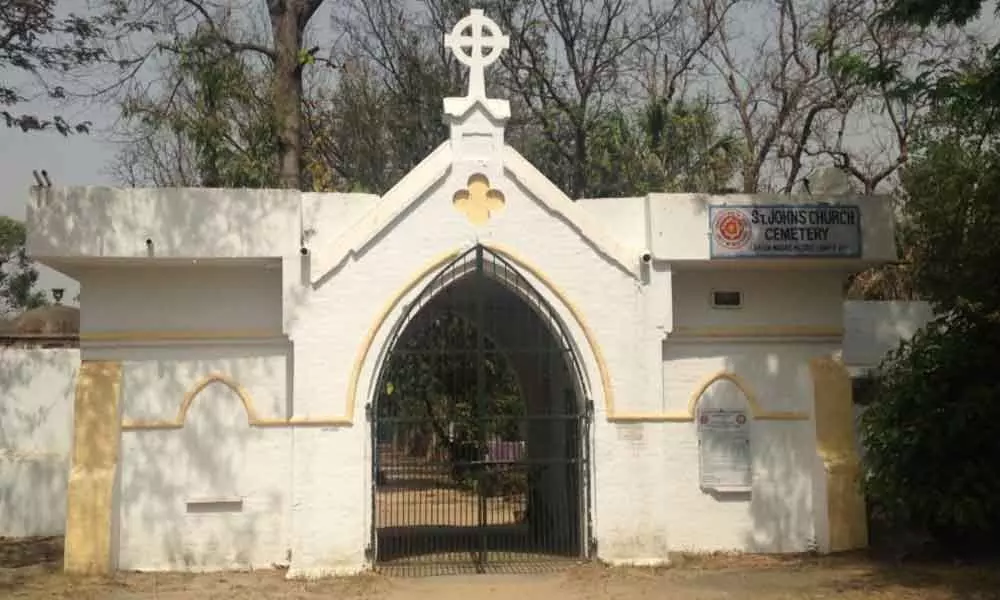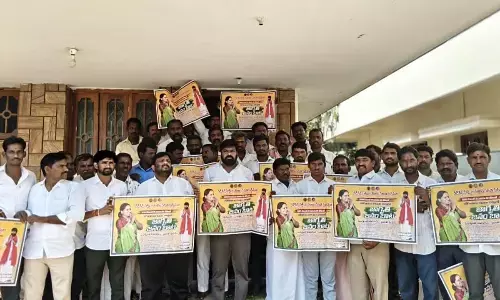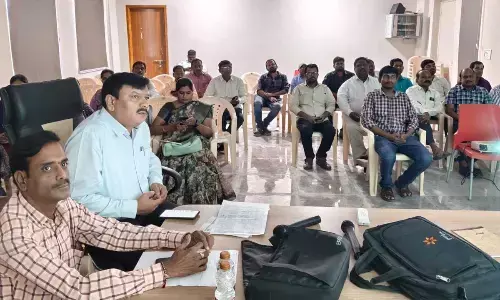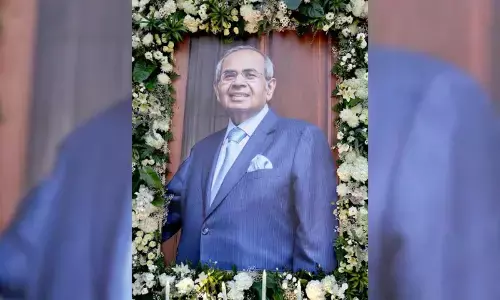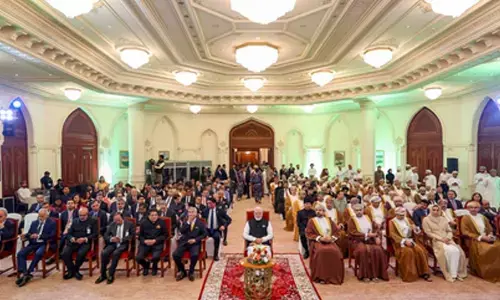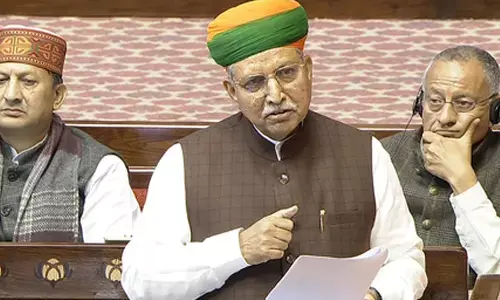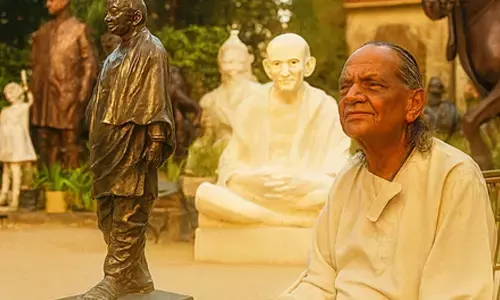Meerut: Reminisces of a rebellion
There are colonial-era bungalows of British officers, which were destroyed by the mob during Mutiny. Most have been rebuilt and have now been converted into officers’ messes…
The cheerful female voice on the Dehradun-Delhi Shatabdi announces that the train will be shortly arriving at Meerut. A seemingly idyllic region surrounded by green sugarcane fields and yellow mustard flowers portray a serene landscape, carefully camouflaging the fire that had once raged through the region - the fire of rebellion that sparked off the first war of independence in 1857.
The entire stretch of the Mall Road of Meerut cantonment is dotted with red sandstone markers, denoting the landmarks of the revolt. There are colonial-era bungalows of British officers, which were destroyed by the mob during Mutiny. Most have been rebuilt and have now been converted into officers' messes. There is a long collonaded hall with Doric pillars called Belvedere Complex; arguably the most majestic old building in Meerut.
A spacious tree-lined road leads to the spire of St John's, the oldest church in North India. It majestically rises against the deep blue of the autumnal sky. Right next to it is the European infantry parade ground. It is easy to close my eyes and slip into a reverie.
The date is May 9, 1857. The red-coated British infantry, cavalry and horse-drawn guns are moving to the parade ground. They are equipped with loaded muskets and guns for the court-martial of 85 sepoys from the 3rd Bengal Light Cavalry, a native unit.
All Indian sepoys in the station have been ordered to assemble here, without arms, to witness the court-martial of their fellow sepoys who had revolted against the British. By this heavy-handed approach the British hope to quell forever, the unrest among Indian troops. Whatever happens, is however just the opposite of what they had anticipated. The very next day, May 10, all three Indian regiments in Meerut rise in rebellion. They break jails and free their comrades. Chants of 'the Company Raj is over forever' are heard everywhere. Colonel John Finnis becomes the first British officer to be shot by a sepoy. The First War of Independence popularly known as Sepoy Mutiny has kicked off – the fire of rebellion engulfing everything and everyone that fell in its way.
Ahead of the parade ground is the British cemetery with graves dating back to the early 1800s. The graves are an amalgam of Mughal and colonial architecture. In some, the inscriptions are still startlingly clear, as are the motifs and sculptures. Dotted within the foliage are thousands of graves, including nine that are of British casualties in the 1857 uprising. Amit Pathak, a Meerut-based historian who conducts tours of the 1857 uprising-related sites in the city, says that though the records state that 32 British army personnel killed and buried at the cemetery, only nine graves could be traced.
"The rest have got lost with the time," he says as he recounts the particularly tragic story of Louisa Sophia, the wife of Donald Macdonald, a British officer, who was killed during the uprising. She was at home when one of her servants helped her escape by covering her in a 'burkha'. But while escaping from the backdoor, she was unfortunately intercepted. Louisa was asked to identify herself, and when she said 'Hum Hain' (It is I) in Hindi, she was gunned down as her English accent had given her away.
We also visit Kali Paltan temple, where a fakir is supposed to have arrived from the eastern part of the country in April 1857 to spur the people to rise against the British rule. The sepoys rallied amongst themselves hereafter priests denied them the use of the well for having used tallow-greased cartridges.
In one corner of the city is Shahpeer Sahab ki Dargah, a mausoleum built in 1620 AD for Hazrat Shahpeer the teacher and physician of Mughal emperor. The dargah has no roof and has various stone paintings. It is believed that the dargah by Jehangir's queen, Nur Jahan just 24 hours before the death of Shahpeer. The red sandstone has weathered at places, but all along the dado are stones showing exquisite slender-necked vases, out of which the flowers of paradise stick out in full glory. These are topped with intricately sculpted geometric 'jaalis' in red sandstone, inlaid with marble. A plaque near the entrance states that the tomb is listed as a National Heritage Monument by the Archaeological Survey of India (ASI).
The major part of the day has been spent in addressing the yearnings of the mind and now it is time to pamper the taste buds. In the heart of old Meerut, on mud ovens fired by wood, boys wearing 'taqiyahs' on their heads are grilling kebabs on skewers. A delicious aroma wafts out of the simmering coal fires. After savouring a royal Mughlai meal, we head to Gokul's, a sweetshop that, old-timers swear, sold the best sweets in the north.
It is almost afternoon, time to head out of Meerut, particularly since this part of the country has a reputation due to which most travellers hope to pass through the place while the sun is still out. We had just halted at a dhaba on the outskirts of the town for piping hot masala tea when suddenly there was a commotion. A man at the tandoor had picked up the long iron rod - the one he was till then using to pluck out roasting rotis from the earthen oven. He was lunging with it at the man in front of him. We too rushed towards our car. However, an hour later, when we passed by the place again, I was amazed to find that everything was back to its usual place and pace- the dhaba back in business, the cook back at cooking, and the iron rod back in the tandoor. Perhaps that is the speciality of the place, celebrating the spirit of continuity- that no matter what happens life will continue to flow.


